Discovering a burst pipe hidden within the walls of your home is a challenging and potentially costly situation. The consequences of a burst pipe, such as water damage and structural issues, can be severe if not promptly addressed.
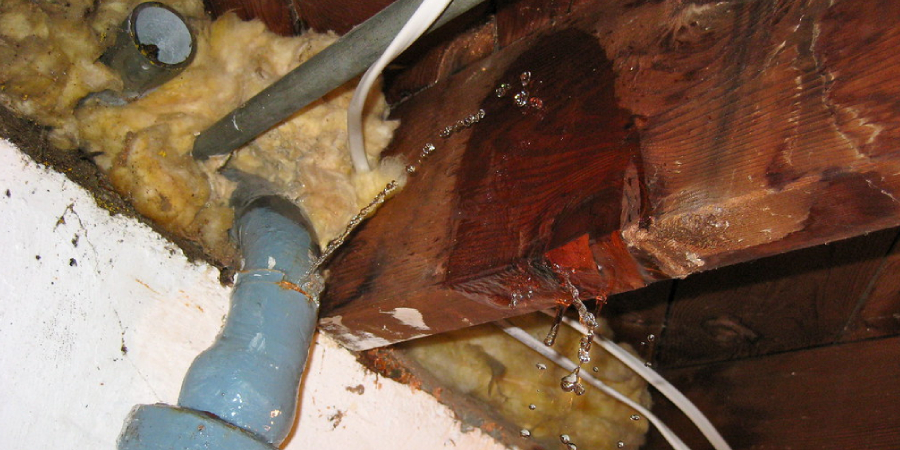
In this article, we will explore the techniques and methods for how to find burst pipe in wall. From subtle signs like watermarks and dampness to more advanced tools such as moisture meters, we will delve into the steps homeowners can take to detect hidden pipe leaks.
Moreover, we’ll discuss visual inspections and DIY approaches to pinpoint the source of the issue, even if it’s concealed behind your walls. Understanding how to identify a burst pipe within your walls is essential for early intervention, preventing further damage, and ensuring the safety and integrity of your home. This comprehensive guide will equip you with the knowledge to address this plumbing emergency effectively.
The Importance of Identifying and Locating Burst Pipes in Walls
Pipes are an essential part of any plumbing system, allowing water to flow through our homes and providing us with the necessary water supply for daily activities. However, these pipes can sometimes burst or leak, causing significant damage to our walls and potentially risking our health.
Identifying a burst pipe in a wall is crucial in preventing further damage and ensuring the safety of everyone in the household. This article will discuss the importance of finding burst pipes in walls and provide tips on how to locate them.
Water Damage
One of the main reasons why it is essential to identify a burst pipe in a wall is to prevent water damage. When a pipe bursts, it can release a significant amount of water into your home, causing damage to your walls, flooring, and belongings. If left undetected, this water can lead to structural damage and the growth of mold, which can be hazardous to your health.
Prevent Health Risks
Burst pipes can also cause potential health risks if not identified and fixed promptly. Standing water caused by a burst pipe provides a breeding ground for bacteria and other contaminants that can harm you and your family’s health. Furthermore, mold growth due to prolonged exposure to water can also cause respiratory issues and allergies.
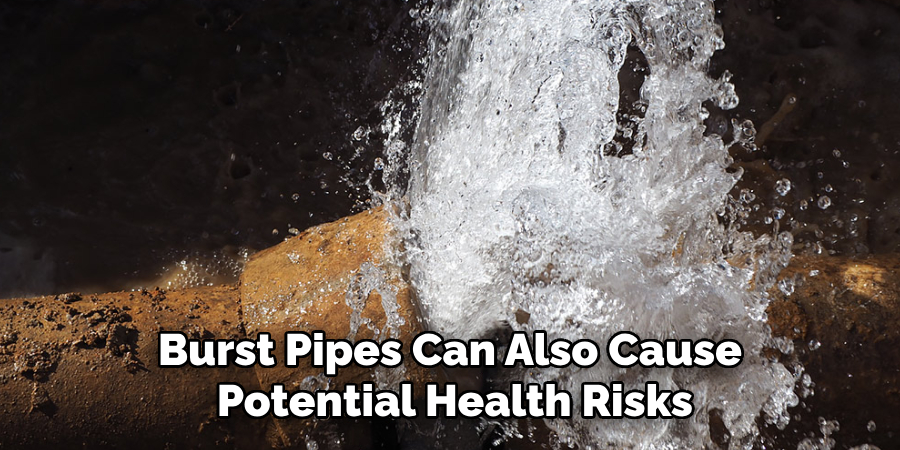
10 Methods How to Find Burst Pipe in Wall
1. Listen for Unusual Noises
One of the first signs that you may have a burst pipe in your wall is if you hear unusual noises coming from behind the wall. This could be a hissing, dripping, or gurgling sound that indicates water is escaping from a broken pipe. If you hear any of these noises, it’s important to act quickly to prevent further damage. Though, not all burst pipes make noise, so it’s important to look for other signs as well.
2. Check for Water Damage
Another sign that you may have a burst pipe is if there are visible signs of water damage on your walls or floors. This could include discoloration, peeling paint, or even mold growth in certain areas. If you notice any of these signs, it’s important to investigate further to determine the source of the leak. However, keep in mind that even if there are no visible signs of water damage, it doesn’t necessarily mean that there isn’t a burst pipe. Some pipes may be hidden behind walls or under floors, so it’s important to thoroughly check your entire plumbing system.
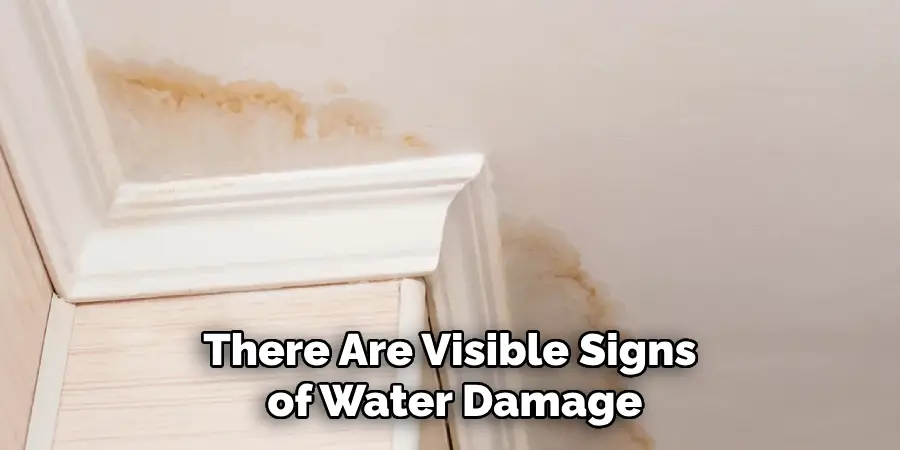
3. Look for Leaks Around Fixtures
If there are fixtures such as toilets or sinks in the area where you suspect a burst pipe, check around them for signs of leaks. This could include stains on the floor or walls near the fixture, as well as moisture buildup around the base of the fixture itself. If you find any signs of leaking, this could indicate a burst pipe behind the wall. Though it may seem daunting, once you have located the source of the leak, it will be easier to assess the damage and begin repairs.
4. Check Your Water Meter
If all else fails and you still can’t find where your burst pipe is located, try checking your water meter. A sudden increase in water usage can indicate that there is a leak somewhere in your home—and it may be coming from a burst pipe in your wall! Additionally, if your water meter continues to move even after you have turned off all the water in your home, this is another sign that you have a burst pipe. In this case, it’s important to call a licensed plumber immediately to locate and repair the burst pipe before it causes any further damage.
5. Feel Around Pipes for Warm Spots
If you can access exposed pipes in your home (such as those under sinks), feel around them with your hands to see if there are any warm spots. A warm spot could indicate that there’s an issue with one of the pipes and that it might be leaking—or even bursting!
6. Use Electronic Leak Detection Equipment
If none of these methods seem to work, consider investing in electronic leak detection equipment such as infrared cameras or acoustic listening devices. These devices can detect small leaks and pinpoint their exact location so that they can be repaired quickly and efficiently before they cause more damage to your home!
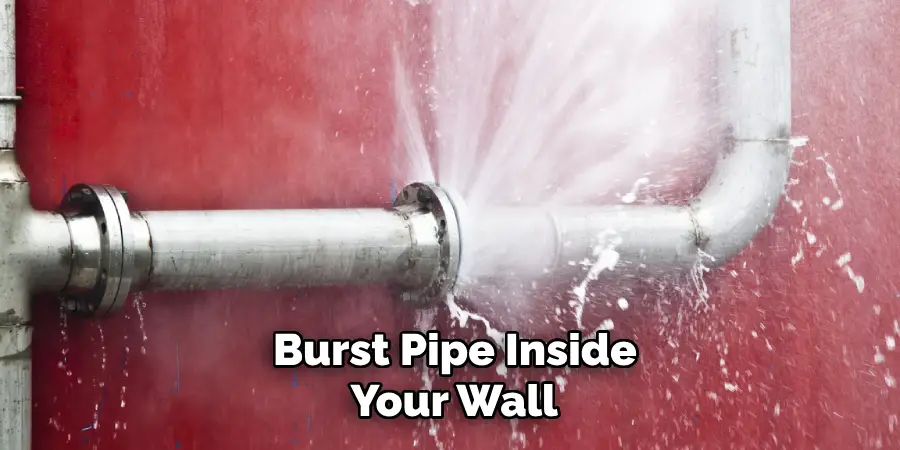
7. Look for Warped Walls
Another sign that you may have a burst pipe inside your wall is if one side appears warped compared to other walls in your home—this could indicate that there’s been some kind of water damage over time due to a leaky pipe inside the wall itself!
8. Examine Your Ceiling
If there are ceilings below where you think the burst pipe might be located, take some time to examine them closely for signs of water damage, such as staining or bubbling paintwork, which could indicate an ongoing issue with leaking pipes above!
9. Trace Pipe Lines Through Wall Cavities
If all else fails and you still can’t locate where exactly the burst pipe might be located inside your walls, consider tracing out all possible routes through which pipes may run by feeling around inside wall cavities using something like a long metal rod or pole – this should help narrow down where exactly it might be located so repairs can begin right away!
10. Call In Professional Plumbers
If none of these methods seem to work and you still cannot locate where exactly the burst pipe is located within your walls then it’s probably best to call in professional plumbers who will know exactly what steps need to be taken next – they will also have access to specialist tools which will make finding and repairing any issues much easier than trying yourself!
Things to Consider When Finding Burst Pipe in Wall
Finding a burst pipe in your home is not something that most homeowners look forward to. Burst pipes are usually unexpected and can cause significant damage to your property if not addressed promptly. Unfortunately, these types of plumbing emergencies don’t happen during the day when plumbers are readily available. In fact, it’s common for burst pipes to occur at night or over the weekend, leaving you with limited options.
Shut Off the Water
The first step when dealing with any water leak is to shut off the main water supply. This will prevent further damage to your property and also give you time to assess the situation. Knowing the location of your main water valve is crucial, especially during emergencies like this. Make sure everyone in your household knows where it is and how to turn it off.
Look for Visible Signs
Once the water is shut off, take a moment to look for any visible signs of a burst pipe. Look for wet or damp spots on your walls, ceiling, and floors. You may also notice water stains or discoloration on the affected area. Additionally, you might hear the sound of running water behind your walls.
Check Your Water Meter
If you can’t find any visible signs of a leak, check your water meter to see if it’s still running. If your water meter is still moving despite the main water valve being shut off, then you likely have a burst pipe.
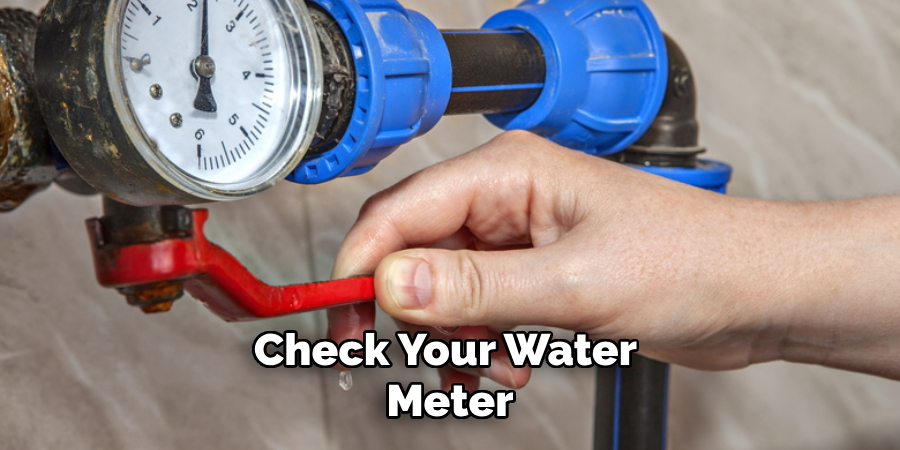
Conclusion
With the right knowledge and the right tools, you can easily find a burst pipe in your walls. While potentially stressful, this can ultimately save you from a bigger issue later if not caught soon enough. Keep in mind that it’s always important to keep an eye on the pipes in your home, and should anything happen, don’t be afraid to call for assistance!
If you still aren’t sure what to do next time when it comes to burst pipe seating in your wall and you’re feeling overwhelmed or confused, remember these tips: put safety first by turning off all power to the area; make sure to locate the water shutoff valve; consider using specialized tools like thermal imaging cameras; use leak detection liquids; cutaway suspected wet drywall; and finally inspect behind walls and under surfaces with a flashlight.
So don’t forget: should you have any questions about how to find burst pipe in wall, take it upon yourself today to get educated and make sure you’re taking precautions now rather than regretting it later!

